How a Tiny Village Took on the Zionist Militants
By RAMZY BAROUD
For some folks interested in genealogy, tracing one’s roots is a stimulating activity. It’s immensely interesting and meaningful to learn where one’s life started. DNA testing has made it possible to trace one’s roots back many generations and there are even free web sites that can help users trace their family history based on a few simple clues.
Recent findings in my own personal history have been interesting indeed. The present task of tracing my family roots was inspired by a book project with Pluto Press, narrating the story of my father, as once a fighter from Gaza who died recently under tragic circumstances in the same refugee camp to which he was expelled, along with his family sixty years ago.
Just weeks into my research, I found myself stumbling into the details of a massacre, one that is conveniently overshadowed by the dust of the battle, the rigidity of academic research and the lack of media access of those who have survived.
And now, what started as a mere phase of my father’s torn childhood in Palestine has morphed into being the core of my book’s narrative.
My family came from the village of Beit Daras, one of the hundreds of villages destroyed by Zionist Jewish militias prior to the establishment of the state of Israel. Growing up in a refugee camp in the Gaza Strip, decades after the destruction of Beit Daras, I heard many stories of our village that now only exist in memory. The objective behind the story was hardly a calculated intent to ensure that we don’t forget what has befallen us. It was a daily narrative that simply defined our internal relationship as a community.
The "Bedrasawis" – the collective name of those originated from Beit Daras – were often stereotyped as "large headed" – literally – and stubborn. Although we Bedrasawis protested the recurring accusation, we also shared unspoken pride in it. But that reputation of zeal and prowess was fostered by the dramatic events of 1948, during the Zionist drive to evacuate Palestine from its inhabitants.
Israeli historian Benny Morris, in his volume, The Birth of the Palestinian Refugee Problem, makes a couple of references to Beit Daras. Nothing notable, aside from the fact that a Haganah’s unit, Givati, had shelled the village on May 10, 1948 "promoting the flight of its inhabitants." But there is more to what took place in Beit Daras than Morris’s footnote. Arab historians, Walid Khalidi, Salman Abu Sitta, among others, provided the story within a greater context. Still, documenting the history of anywhere between 400 to 500 destroyed Palestinian villages in one volume is not a simple feat, thus much of Beit Daras’ history is lumped as one of many: the Zionists attacked on day such and such, the Arabs resisted, then fled, then the village was blown up to ensure that the inhabitants would not return.
As sinister as the above summation is, much is left untold. Peoples, faces, stories and families were torn apart, often never to meet again, along with the decimated village’s 401 homes, two mosques and lone elementary school.
Those killed in the ‘massacre of Beit Daras’, according to Palestinian accounts, were 265, largely women, children and elders. The gender and age groups of the victims were not selective nor coincidental, but related to the nature of the battle, where the fighters of Beit Daras were engaged in fighting against successive Zionist army units, first involving militants from a nearby settlement, then Haganah forces and finally Givati units. The battle for Beit Daras was long and arduous, and duly mentioned in the writings of Jamal Abd Al-Nasser, the first president of Egypt, during his military service in southern Palestine, and of David Ben Gurion’s War Diaries (1947-1949).
Morris’s chronological research methods discounted the fact that although Beit Daras was located in southern Palestine – approximately 30 kilometers north of Gaza – the Zionist aggression to conquer the once peaceful village began earlier than the Givati’s "Operation Lighting" (Mivtza Barak) of early May 1948, and that the village didn’t fall for at least another month after the date he sketchily provides. Indeed, Beit Daras’ strategic location, near important Zionist military hubs – located inside settlements bordering the village – and near the supply routes to the Negev, made it a target as early as March 16, and several times more in the same month; then, again, in April, and twice in May, and finally in June. Zionist losses were high and their attempts failed, time after time. There was much fury that a small village of roughly 2000 people would not surrender under intense bombardment. A single day of fighting resulted in the death of 50 Arabs, according to Ben Gurion’s own account.
Um ‘Adel is an 80-year-old woman who now lives in Gaza. Today she sells foodstuffs at a tiny and humble stand to help her family as they struggle to survive the siege on Gaza. She vividly recalls the events that lead to the massacre in 1948. It struck me how apolitical she was, and how, until this day, she is dumbfounded, not able to comprehend the dramatic events of those short months between March and June of 1948.
Until now, she views the fight for Beit Daras based on a simple equation: They tried to take our land, and we fought them off until the end. "They (The Zionist militias) knew well that we, Bedrasawis would not go down easily. They knew that their fight for that whole area was one battle, but to take over Beit Daras was another." As simple as the equation was, her confusion about the whole event haunts her until this day, and even now decades later, she is still baffled as to what happened and why the people of her village were betrayed. Beit Daras, lived up to its reputation of hard-headedness and tenacity, but many details remain murky, yet incredibly revealing and deserve more than a footnote.
One can only hope that the memory of the village survives without having to wait the authentication of an Israeli historian, which may or may not ever arrive. I know that I will do my part to make that happen. After all, I owe Beit Daras my (relatively) large head, and the tenacious spirit of my children, who carry the names of those who lived in Beit Daras, and died there.
-Ramzy Baroud (www.ramzybaroud.net) is an author and editor of PalestineChronicle.com. His work has been published in many newspapers and journals worldwide. His latest book is The Second Palestinian Intifada: A Chronicle of a People’s Struggle (Pluto Press, London).


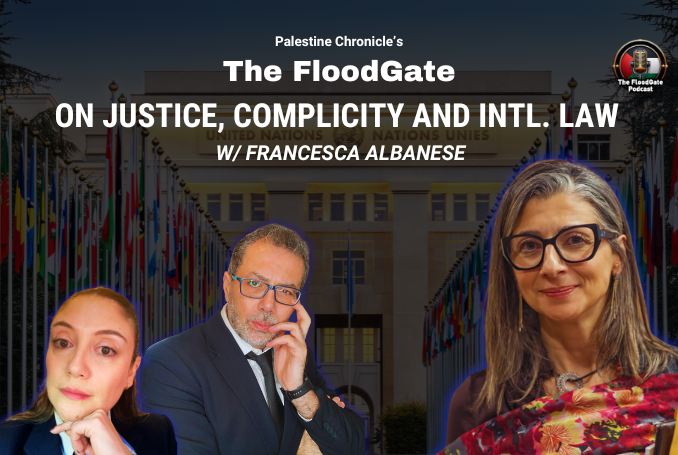



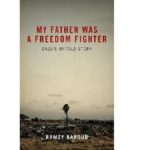

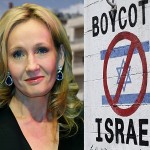
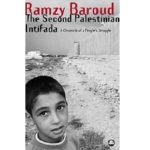
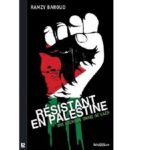
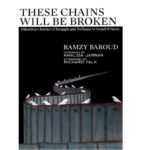





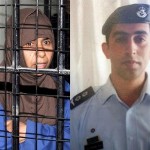
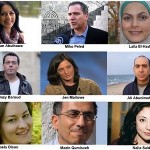
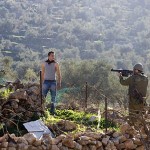

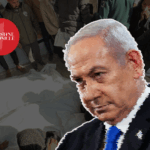
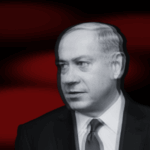
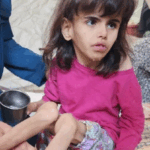
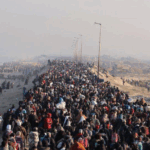

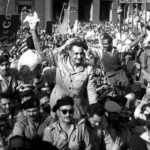
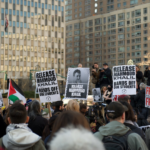

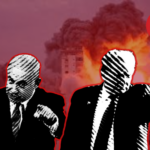



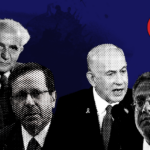
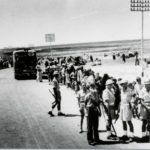
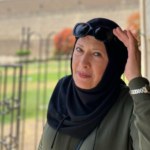
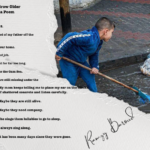



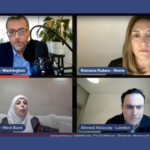
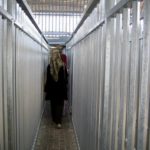
0 Comments